FENG SHUI
In this period of retrospective design, trends seem to be more fast and frequent than ever before. The world of design feels saturated with multiple styles and eras being revived and combined. It can feel a bit overwhelming. In order to navigate this, I have found myself returning to my knowledge of design philosophy; the core principles of design that have endured time and transcended ‘trend’…
USEFUL TIP: A good way to figure out the energy flow in your house is to imagine a river flowing through it - which areas fill up easily with water and which are left dry?
Throughout my career I have witnessed numerous styles travel in and out of fashion. I have never thought of myself as a designer that actively follows trends but I’ve always been able to differentiate a fad from a classic. However, in this period of retrospective design, trends seem to be more fast and frequent than ever before. The world of design feels saturated with multiple styles and eras being revived and combined. It can feel a bit overwhelming. In order to navigate this, I have found myself returning to my knowledge of design philosophy; the core principles of design that have endured time and transcended ‘trend’.
In our last post Season’s Senses I discussed the Hygge philosophy, this time I want to look at Feng Shui. Feng Shui, at its surface level, came to the attention of the western design world in the 90’s. Instead of gaining popularity on social media like Hygge, it was self-help books that flew off the shelves about how to ‘feng shui your life’. Everyone was doing it, including Bridget Jones. This simplified version packaged for the west felt like a fad, however the true philosophy of Feng Shui withstands.
Image via the Feng Shui Society. Contact them to find a Feng Shui training course or consultant.
A BRIEF HISTORY
Feng Shui is an ancient Chinese discipline dating back thousands of years that translates to ‘wind-water’. It was initially used to identify safe locations where communities would be able to settle, farm and flourish. It was later used to determine the best sites for burial grounds and sacred buildings. It’s primary concern is with the flow of Qi/Chi (氣) “natural energy” in a space and the objects that block it. Traditionally, Feng Shui was treated like a secret art and knowledge was only passed down within families.
FENG SHUI AND INTERIOR DESIGN
Feng Shui is a complex and ancient discipline - one that I am constantly learning about. It would be disingenuous for me to try and explain or simplify all the rules so instead I’d like to share a few of the key ideas that have informed me as a designer over the years.
The first thing to understand about Feng Shui is that it’s largely about balancing components. It’s believed that if we can balance out the natural elements - earth, wood, fire, metal and water - then we can balance the energy within our home, helping us live more harmonious lives. I often refer to this ideology when developing a design as it can be applied to the selection of both materials and colour.
COLOUR
I talk a lot about colour psychology when I discuss interior design. Colour can transform a space and our mood. Similarly, Feng Shui believes that colour is a very powerful tool for harnessing desired energies. Each natural element is represented by a palette of colours. This varies between different schools of Feng Shui however the most common are - Wood: green/brown, Fire: red/dark yellow/orange, Earth: sandy/light brown, Metal: white/grey, Water: blue/black.
Green is believed to be a good colour to activate energy, especially when used in different shades. It connotes health and growth so is suitable for kitchens and bathrooms. Plants are a great way to introduce green throughout a house. Ideal placement for plants are on the inside or outside of corners as it’s believed that the sharp angles give off bad energy. The greenery counters this energy and softens any harsh lines.
Little Greene ‘Jewel Beetle’
MIRRORS
Mirrors are a fantastic design tool - especially when it comes to applying Feng Shui to a demanding space. Most homes in the UK aren’t structurally designed to allow for good Feng Shui. For example, narrow hallways, often found in terrace houses, can stifle energy flows. A big mirror is the best way to combat this as they activate energy and extend spaces. Try not to position a mirror where it will directly reflect a door, staircase, loo or any door facing outside (as this would just bounce energy straight back out).
Image and mirror via Cox & Cox. Mirrors are excellent for dining areas as it’s believed that the doubling of the food symbolizes abundance for the household.
Image and mirror via Cox & Cox.
Feng Shui is a lot more meticulous and technical in comparison to Hygge. However, like most design philosophies, Feng Shui, at its heart is about being conscious. It is a belief that habitat and inhabitant are connected beyond geography and the material. In a time that feels so unstable, I believe creating some structure and balance at home is one of the best things we could do for ourselves.
SEASON'S SENSES
When I first read about Hygge I connected with it immediately as I have a very similar philosophy when it comes to design. Our homes are sanctuaries, our safe places where we can be our most relaxed and comfortable selves. They are necessary retreats from the outside world and this is never more true than in the winter when our natural instincts encourage us to hibernate…
The Danish philosophy of Hygge, pronounced ‘hoo-guh’, has been gaining popularity here in the UK for the last couple of years. I see the word everywhere online and in the shops. The term loosely means ‘coziness’ however this is not meant in an external or material way. It is not as simple as a few knitted blankets. Hygge is more of a psychological sense of coziness, a feeling of warmth - a calm, good feeling in the soul. The feeling you get when you read a book in front of a fire with a hot chocolate, or share a night in with a bottle of wine between friends. When I first read about Hygge I connected with it immediately as I have a very similar philosophy when it comes to design. Our homes are sanctuaries, our safe places where we can be our most relaxed and comfortable selves. They are necessary retreats from the outside world and this is never more true than in the winter when our natural instincts encourage us to hibernate.
The process of designing a space that allows for this ‘cozy’ environment goes beyond aesthetic. It involves all the senses. By considering the experience of a room on multiple levels it is possible to create an atmosphere conducive to deep relaxation and calm.
TEXTURE & NATURE
Texture and natural materials are key. During the winter we tend to spend more time indoors and less time outside. Therefore it is really important to bring nature indoors in any way we can. The warmth of wooden furniture, both visually and to the touch, is noticeably different to that of glass or metal. Collect some pine cones to decorate with and of course, for those celebrating - put up the Christmas tree! (I love to get a Norway spruce as it not only looks beautiful but also smells stunning).
Combining thick-knit and fine-knit natural fiber blankets in different neutral tones is an easy way to introduce texture to a room. Fleece rugs are also a great way to incorporate a different natural texture into a space.
Photo via The Fabulous Fleece Company
Photo source unknown
Photo via Nkuku.com
LIGHT
The days are shorter and our hours of daylight are often dimmed by thick layers of grey cloud. It can feel oppressive and gloomy. I combat this by trying to find whatever natural light that I can. When the sun is hard to find, I turn to fire. The warm glow from a candle or an open fire has an innate comforting quality. Hurricane lanterns are a great way to house candles of different shapes and sizes in a safe way if you don’t have a working fireplace or wood burner. Candleholders and lanterns with cutouts are also a very effective way to introduce texture through shadow. I remember seeing some wall lanterns similar to the candleholders below for the first time when I visited Morocco a few years ago. During the day I had no idea what they were, they seemed like a pretty plain wall decoration. But at night, when they were lit, it was like magic. The patterns of light created by something so simple were stunning.
Photo via Zenza
SMELL
Smell is so important when it comes to the experience of a room, especially over the winter period. The smells of an open fire, freshly cut pine and gingerbread baking in the oven evoke feelings of warmth and comfort (and hunger!). If you’re not a fan of hoovering up the needles of a Norway spruce, or if you don’t celebrate Christmas, an easy way to introduce the fresh smell of the outdoors is to add sprigs of pine or cedar to a winter garland or flower arrangement. I also suggest investing in a good quality scented candle or reed diffuser with notes of wood and spice.
Photo via Shibang Designs
My main piece of advice when designing a home for winter is to avoid anything artificial, anything that doesn’t feel, smell or look real. Focus on atmosphere, nature and warmth and you can’t go too far wrong!
SAAL TURNS 30
This year Saal Design reached a major milestone - 30 years in business! The time has indeed flown by. Looking back over the years it’s amazing to see how far we have come…
Park Street, Saal’s first Christmas window
This year Saal Design reached a major milestone - 30 years in business! The time has indeed flown by. Looking back over the years it’s amazing to see how far we have come.
I set up Saal Design when I was 26 years old. I had a small shop on Park Street and I primarily sold home accessories and curtains, while also offering a design service. Not long after setting up, two huge things happened. I gave birth to my first child, Jassa, and then, after a swift maternity leave, the UK was hit by a recession. It was one of the hardest couple of years of my life but somehow the business made it through - just in time for baby number two.
I’d learnt a lot during the recession and decided to redirect Saal away from accessories and more towards my real passion - design. I had my second child, Romy, and began to slowly develop myself as an interior design consultant. Often, when I couldn’t sort out childcare, the little ones would come into the shop with me. I have many memories of trying to talk to customers and suppliers over the phone while trying to pacify a screaming baby. Or thinking I had a moment’s peace to make a call after having herded them securely into their play pen…only to hear a giant smash moments later…Romy had escaped and decided to throw a gold leaf Indian terracotta vase out of the shop door onto the pavement. I guess that was one way of getting attention from passersby on the high street!
I superglued that vase back together and still have it in my garden…I also still have the guilty child…who now helps out occasionally in the studio and has promised never to throw anything out of the front door again.
As the business grew and evolved I decided it was time to move from Park Street into a bigger studio. This was when I moved to Saal’s current location - 3 Warwick Place - eighteen years ago. Since then, we have survived yet another recession and the business has transformed into a project led interior design studio.
The last couple of years in particular have offered the most growth as Saal Design has welcomed a few new members to it’s team…
OLIVIA BROCKLEHURST
Liv joined Saal as an intern in 2016 after graduating with a degree in Management and Marketing. Her skills in project management and organisation have made her an invaluable member of the team. She is excited to develop her career within the world of residential interiors.
Outside of work Liv loves to paint, tend to her veggie patch and explore the countryside with the dogs!
SUZIE HOUNSELL
Suzie is the most recent addition to our team, after having done a weeks work experience with Sarah in 2010. With a degree in Graphics, she has always been interested in interior design and loves playing with texture and splashes of colour. When not at Saal, Suzie loves to dance! She has danced since she was 3 years old and has done everything from ballet and tap to jazz and contemporary.
We’re very excited to have her join us!
MARLOWE
Marlowe joined us two and a half years ago and settled in right away.
He is the studio’s nap-time manager, however he also has training in security and office counselling - offering hugs and love on stressful days.
When not at Saal, Marlowe loves to go running in the fields, rolling in mud and watching films in front of the fire.
As a team, we would like to thank everyone who has been a part of Saal Design’s journey.
I have found interior design to be an incredibly personal business, built from relationships and trust. I believe I have been very lucky over the last 30 years. I’ve worked with many great clients and talented craftspeople - many of whom I now consider to be friends. Some of you I met all those years ago on Park Street and some of you I have only met recently, but to all of you I say thank you. Thank you for the support, and most of all, thank you for bearing with us while we’ve figured it all out!
ENTERTAIN IN STYLE
A lot goes into throwing the perfect party at home, whether it be a dinner or something more lively. The most important factor is creating a home that you are proud of and that you feel comfortable in. That energy immediately transfers onto your guests and it’ll instantly feel warm and inviting…
A lot goes into throwing the perfect party at home, whether it be a dinner or something more lively. The most important factor is creating a home that you are proud of and that you feel comfortable in. That energy immediately transfers onto your guests and it’ll instantly feel warm and inviting.
The first thing to think of when designing a home for entertaining is how you use the space. Think about the flow of the space. Where would you like the centre of the party to be? The kitchen? Or the living room? Or evenly split between multiple rooms? Once you have figured that out you can then focus on setting the scene and creating the right environment for your guests to interact. I tend to make the kitchen the more lively hub of the party and the living room a more relaxed space where everyone can sit down and chat.
FIRST IMPRESSIONS
I always think about first impressions when it comes to designing a home for entertaining. Areas such as the house approach or the hallway can often be considered a low priority, however it’s these areas that your guests see first. Creating a hallway that is beautiful as well as functional is hugely important. When building a new house or renovating, try to include a good-sized cloakroom or storage closet - it’ll save all that running up and down the stairs to the coat mountain on one of the beds!
Bespoke hallway storage and wine unit by Saal Design
Source: Pinterest
TRANSFORMING SPACES
As a designer I love it when spaces have been designed intelligently, offering multiple functions and diversity. If you love to entertain then consider creating a space that can be transformed. Internal glass screens and doors are extremely effective. They give the option to create open and light spaces or to create partitions and privacy. They are also a wonderful architectural feature. External glass screen and door solutions are also perfect for extending spaces, bringing the outside inside and vice versa, perfect for when the weather permits a party to sprawl outside.
Source: House & Garden Photographer: Paul Massey
Source: House Envy Photographer: Morten Koldby
FURNITURE
I try to make sure that there are plenty of places for people to sit when I entertain. It’s not really practical (or affordable) to have a bunch of extra chairs in storage just for parties. Be considerate of this when picking your furniture. Console tables can be great for discreetly storing stools under. Poufs and ottomans are also easily incorporated into most room designs and are good for creating levels in a space as well as a place to sit.
Another way to use your furniture cleverly is in your choice of tables. Nest side tables are great for creating extra surface space for drinks or snacks. A statement coffee table is also an effective way to add surface space as well as create a focal point.
THEATRE/DRAMA
There is a lot of theatre that goes into entertaining. One of the key ways to create this drama is in the lighting design. Set the scene by turning off, or dimming, all the main lights. Use your table and floor lamps to create interesting focal points. Try to avoid using bulbs with a Kelvin colour higher than 4000K as they will look harsh, softer yellow bulbs are much more atmospheric. One simple thing to remember is to light candles, regular and scented (although make sure the scent isn’t too sickly or overpowering). If you have a fire place, light it or if it’s too warm for a fire then just have the wood set up in place. Finding interesting or unusual lanterns are also great for introducing light in a more dramatic way. The right lighting can make even the most unkempt places feel welcoming.
Source: Porta Romana, available at Saal
Source: Zenza, available at Saal
If you are interested in any of the products above or would like to arrange a design consultation please contact us by calling 01926 334 556 or by emailing info@saaldesign.co.uk
A SAAL CHRISTMAS
The run up to Christmas is always a busy time here at Saal Design. Everyone is working to get their homes looking perfect and beautiful for the festive season and we try to do everything we can to ensure they do - in the early years I spent many Christmas Eve’s up ladders hanging curtains just in time for the big day!
The run up to Christmas is always a busy time here at Saal Design. Everyone is working to get their homes looking perfect and beautiful for the festive season and we try to do everything we can to ensure they do - in the early years I spent many Christmas Eve’s up ladders hanging curtains just in time for the big day!
One of my favourite Christmas activities is putting up the decorations and designing our Christmas window. At home, our decoration scheme doesn’t change much year on year. When it comes to our tree I am very much a fan of chucking everything on it, multicoloured lights and all. The only item not allowed is tinsel, that is where I draw the line! I love how the tree becomes a scrapbook full of memories, ornaments made by the kids, given by loved ones or passed down through the family. It’s fun and personal and I wouldn’t have my tree at home any other way. However, for the Saal Design window I get to unleash my designer and curate something a little different.
This year I wanted to create a window that was luxurious and rich. I wanted drama and sophistication. Seeing this stunning fabric (below) from Zoffany gave me my starting point. The vibrant blues and emerald greens are a feast for the eyes and act as a perfect statement piece.
The jewel-like colours of the fabric made me think of treasure. Alongside a panel painted in a Mylands deep green, this gave me the perfect backdrop to showcase these elegant golden framed nest side tables (below) - a product I am extremely excited to use more of in 2018.
With the key elements in place I then had some fun designing the cushions. Simple yet opulent silk and velvet cushions act as gems and, with the addition of a ribbon, become stacked presents! The only last job was the elf work of decorating the tree using decorations of deep green, zealous blue and warm metallic to unite the whole scheme.
I hope you had as much fun as we did decorating for the holidays. Pop by the showroom to see the finished result or to ask about any of the products featured - we also have mince pies!
In the meantime, all of us at Saal would like to wish you a very Merry Christmas and magical New Year!
Please note: The studio will be closed for the holidays from 22nd December until 2nd January. Please send any enquiries during this period to info@saaldesign.co.uk or leave a voicemail on 01926 334 556 and we'll get back to you in the new year.
THE PERFECT BEDROOM
The bedroom is one of the most important rooms in the house. Recent studies have shown that people are starting to spend more time in their bedrooms than in their living rooms. It is a room that can have a big impact on our physical and mental well-being and it is important that this is taken into account during the design process...
The bedroom is one of the most important rooms in the house. Recent studies have shown that people, whether they are relaxing, working or sleeping, are starting to spend more time in their bedrooms than in their living rooms. This is especially true now that Autumn is upon us and the nights are drawing in. It is a room that can have a big impact on our physical and mental well-being and it is important that this is taken into account during the design process.
THE BED
As the name suggests, the bed is the most important element of the room. We spend a third of our lives in bed and the quality of the rest of our time depends completely on the comfort of that third. The mattress is where the majority of your money should be spent and should be seen as an investment. Get the best mattress you can afford, you won’t regret it. I recently discovered that a company I deal with, ‘Robert Langford’, make mattresses so comfortable I almost fell asleep on one in the middle of the Decorex trade show floor. However, if you're limited by budget you can still find luxurious comfort by combining a less expensive mattresses with a topper.
Photo: Artilleriet Linen: Caravane
Image via Unknown Source
The next essential item is sheets. When we sleep the body naturally cools itself down to help us achieve deeper relaxation. Therefore, it is important for air to circulate so that we don’t overheat. 100% natural materials will allow your body to stay cool and breathe - cotton sheets are great, linen sheets are even better. Take a look at Caravane and Society if you are really serious about your bedding. Their products are stunning and feel amazing. Caravane in particular have a beautiful range of colours. For those looking to spend a little less, check out H&M…I know this fast fashion retailer isn’t the most obvious place to look for quality bedding but surprisingly they have beautiful 100% linen sets for extremely reasonable prices. We can also manufacture bespoke linen if you can't find what you're looking for on the high street.
COLOUR
Our sleep space should be a sanctuary. A place to settle our minds and unwind. An important step towards achieving this is making sure the colours work in harmony. Finding inspiration in natural stone and wood is a great place to start. A neutral scheme of whites, creams and warm greys always work well as a base, especially if the room receives a lot of natural light.
Design & Photo: Elizabeth Roberts Architecture & Design, PC
Design & Photo: Amber Interiors
Alternatively, if your room doesn’t get much light then it is usually better to take the tone darker. Darker colours absorb shadows and don’t need as much light to look their best the way lighter colours do. They blur the boundaries between the floor and wall, creating an intimate yet expansive atmosphere. Deep rich hues of green, blue and grey are best for creating a relaxing atmosphere. Avoid anything too intensely vibrant as these can have the opposite effect, causing the body to feel engerized and unsettled.
Little Greene, Scree 277 & Shallows 223
Image via Fromental
LIGHTING
Creating the perfect bedroom atmosphere has a lot to do with lighting. Soft and warm lighting is great for calming the system down in the evening. Where possible I recommend a dimmable light fitting for ultimate control. The ideal set up involves ceiling lighting and a couple of bedside lights. Wall sconces with swing arms or adjustable heads are great if you enjoy reading before bed as they allow you to direct the light. Of course, candles and lanterns are also a beautiful way of introducing a natural and relaxing glow.
Design & Photo: Elizabeth Roberts Architecture & Design, PC
Image via myscandinavianhome.com Photo: Janne Olander
ACCESSORIES
Once the essentials are sorted, it’s time to have fun with some decoration! Scatter cushions and headboards are opportunities to get creative and add a bit of colour. Go natural and rustic with some reclaimed wood or go extravagant and luxurious with upholstery and studs. A throw across the end of the bed is also a great way to add some texture.
Image via Lowes
Image via The Sofa & Chair Company
Make sure that your use of accessories is minimal. One of the easiest ways to create a perfect bedroom is to avoid clutter. A minimal, clutter-free bedroom helps the brain recharge and is proven to reduce stress. Keep things simple and use your space wisely.
Check out our Pinterest board for this post for more Perfect Bedroom inspiration!
SOUTHAMPTON BOAT SHOW
This Friday, I will be opening the Knowledge Zone at Britain’s biggest festival of boating - TheYachtMarket.com Southampton Boat Show!
The Knowledge Zone is a place where industry experts will be giving daily talks and demonstrations on TheYachtMarket’s stand (no. E040) on everything from ocean safety to buying, selling and maintaining boats. I will be discussing Yacht Interiors.
Alongside my passion for art and design, I am a keen sailor. Time spent on boats as a toddler developed into a lifelong passion that has seen me sail aboard tall ships such as the Sir Winston Churchill, the Sir Malcolm Miller, and most recently, the beautiful Bessie Ellen, a 1904 West Country trading ketch.
I will be giving advice on how to design practical and creative nautical interiors. Boat interiors are not limited to the classic navy and white. Whether you are upgrading to sell or simply for your own enjoyment, I'll be presenting ideas and schemes to give your boat the edge.
Come along to discover the latest materials and products leading the way in the world of interiors at sea!
(images supplied by Ocean Air)
I will be on TheYachtMarket stand no.E040 on Friday 15th September at 12.30pm and on Saturday 16th September at 2pm. The talks will also be streamed on TheYachtMarket's youtube channel for those who can't make it!
Check out our Yacht Interiors pinterest board below for some nautical inspiration!
MINIMALISM
Last week my daughter and I watched a documentary called ‘Minimalism: A Documentary About the Important Things’. The documentary focused primarily on Minimalism from a philosophical and lifestyle point of view - but it got me thinking about Minimalism specifically in the interior design world...
Last week my daughter and I watched a documentary called ‘Minimalism: A Documentary About the Important Things’. The film follows two men who changed their lives when they decided to become minimalists. The documentary focused primarily on Minimalism from a philosophical and lifestyle point of view - they describe Minimalism as a tool that can assist you in finding freedom and consciousness - but it got me thinking about Minimalism specifically in the interior design world.
Quite often the concept of ‘Minimalism’ is thought of as an extreme. I know the first things that would pop into my head were white, sterile and utilitarian. Often beautiful and stunning, but not in a way that I connected to personally. Not something I could live with day to day. However, I’ve come to realize that although that is Minimalism for some people, it doesn’t have to be for others. It isn’t about following a strict or extreme design process, but more about employing a sustainable and thoughtful approach.
So, what is Minimalism? Minimalism is officially defined as a style or technique (as in music, literature, or design) that is characterized by extreme spareness and simplicity. However, it is subjective and can mean something very different from person to person, such is the nature of art and design. I believe Minimalism, at its core, is about reducing the clutter of things that are not necessary and/or are not really meaningful to you. Thinking about it like this made Minimalism accessible to me. As a designer, I love beautiful things across all spectrums of art and design. Over the years I have managed to gather a pretty good collection of items, from stunning coffee table books bought in New York while visiting my daughter to old antiques left to me by my mother. The idea of Minimalism would appear to challenge that and require me to clear these things out, reducing them to only a few. In my mind, this is not the case. These things add value to my life, they are the gallery of my life and experiences. In other words, they are meaningful and necessary to me. Just as much as someone else’s toy car or stamp collection is meaningful and necessary to them. This is where Minimalism can become your own. It isn’t about owning very little but about deciphering what adds value to your life and giving these things space by removing the things that don’t. It allows your interiors to breathe.
This made me think about my own approach to interior design and the way in which I like to collaborate with clients. When I work, my aim is to help clients find their own style. I must learn about what is important to them and what things are essential. When I have discovered this then I can help them create a home that looks beautiful and functions correctly, a home that works with it’s inhabitants.
I think this element of functionality is what interests me most. Minimalism is about being sustainable and economical, two things that I am very conscious of when I design. Now more than ever we are subjected to ever-changing styles and trends and it can be very costly and unsustainable to try and keep up with it all. That’s not to say they aren’t fun, I love nothing more than playing with new colours and designs. However when designing a client’s home, or even my own home, I try to identify the style or trend that is sustainable, that is going to last and stand the test of time. This includes using sustainable materials - check out our Inspiration: Wood blog post which discusses our thoughts about up-cycling and using salvaged materials.
The economical design solutions developed by people seeking a minimalist life inspire and amaze me. I live in a tiny cottage. I am forever looking for ways to accommodate everything without my home feeling cluttered or messy - I’m an interior designer after all! I find the Tiny Houses movement the most fascinating. Obviously, these are the extreme of economical design however we can definitely learn a lot from them about making the most of the space we have.
View more: Boneyard Studios, The Matchbox
Caption: Check out our Pushing The Limits post for more incredible economical design solutions.
I believe that the way we perceive our surroundings has psychological effects. I know personally that I struggle to be productive in a space that is cluttered. Before I can start any day in the office my desk has to be organized and clean so that my mind feels like it can function properly. Similarly, when working in a space that has been designed intelligently and economically I feel inspired. I think this is Minimalism’s key function in relation to interior design.
I would not describe myself as a ‘minimalist’ interior designer, just as I would not describe myself as a ‘traditionalist’ or ‘modernist’. I have an appreciation for all design styles. Overall, I think Minimalism in it's full-force (lifestyle and design) can be unrealistic and inaccessible. However, I definitely believe that approaching any scheme with minimalist values can only serve to improve and enrich.
PUSHING THE LIMIT
After stumbling across a TED talk, ‘The Art Of The Imperfect’ by artist Phil Hansen (watch here), we at Saal Design started thinking about the limitations that many people face when trying to decorate and design their homes...
After stumbling across a TED talk, ‘The Art Of The Imperfect’ by artist Phil Hansen (watch here), we at Saal Design started thinking about the limitations that many people face when trying to decorate and design their homes. Money, space and lack of functionality can seem to limit style and creativity and push you to the point of giving up. We’ve all been there…hair scruffed up, hands on hips and looking at the seemingly impossible space that you’re simply trying to make ‘work’. Hansen looks at these limitations and sees them as an opportunity to be innovative and we’ve decided to adopt this philosophy (or at least try to, hair will still get scruffy I’m sure).
So, with this inspiration, we thought we would share with you some clever, cost effective design solutions that will hopefully spark your imaginations and encourage you to look at the space and objects around you in a new light. Afterall, ‘Our only limitations are those we set up in our own minds’.
SIMPLE & SWEET
These days it can often be hard to decorate a space with original items and ideas without having to pay a premium. We all want our homes to be unique to us however this can sometimes be hard when everyone shops at the same home-ware store. My advice would be to actively add that personal twist by making items yourself (and this doesn’t have to be ‘craftsy’ or look like something your niece made you at school which is often the risk with DIY decor). There are plenty of sophisticated ideas out there with great tutorials so there really is no excuse not to join in if you want to make your home one of a kind without the hefty price tag.
This is a fun way to create an original and inventive cork board with a photo frame and lots of wine corks. Best get drinking!
SPACE SAVING
Lack of space doesn’t have to mean lack of design or functionality. It just means that we have to work harder and get clever with our creativity. I’m constantly amazed with space saving design solutions, from the simple to the spectacular. Here are some designs and ideas that have inspired me:
THE LIMITLESS ITEM
During our research for this post we carried on coming across one item time and time again. It’s cheap, easy to find, functional and can adapt to most styles and designs. What is this incredible item? The wooden pallet. We were amazed at how this industrial throw away item could transform itself to create cost effective and innovative spaces and furniture. Take a look at some of our favourite finds whilst we run down to the tip to salvage some for ourselves!
This idea to use wooden pallets to create a cinema room at home is no doubt our favourite. With a bit of paint and some beautiful cushions they can look really sophisticated and create a unique and relatively inexpensive space. Plus, you’re recycling so you can feel good about that too!
INDOOR OUTDOOR
During the summer I love to be outdoors as much as possible whether that be lounging around with a book or cooking up a meal al fresco. I don’t believe that garden furniture should differ hugely from what we have inside, why have something that is awkwardly wooden and uncomfortable when you can have something plush, well-designed and durable? This year there are some beautiful outdoor fabrics and furniture ranges that can help do just that...
Over the last month of rain and clouds I’ve been trying to make the house feel a bit more uplifting by introducing some colour and bringing the Spring flowers inside, the ones that survived the snow at least! However, the days are now getting slightly warmer and, touch wood, the sun is gracing us with its presence more frequently and I think it’s time to venture outdoors and get creative.
FURNITURE
During the summer I love to be outdoors as much as possible whether that be lounging around with a book or cooking up a meal al fresco. I don’t believe that garden furniture should differ hugely from what we have inside, why have something that is awkwardly wooden and uncomfortable when you can have something plush, well-designed and durable? This year there are some beautiful outdoor fabrics and furniture ranges that can help do just that. All of the furniture featured below is suitable for Indoor and Outdoor applications saving space and money without compromising on style. Please feel free to contact us for more information if you’re interested.
BACK TO BASICS
I think our gardens and outdoor spaces are just as important as our interiors and in some ways most of the work is already done by the ultimate designer, Mother Nature! A beautifully landscaped garden that links your house to its natural surroundings is wonderful however you don’t have to reach for the shovel or spend a fortune to enjoy the outdoors- the main things are comfort and atmosphere. Luckily these things are quite easy to achieve even in the most basic of environments- I’d much rather be sat somewhere that is warm and comfortable rather than in a beautiful looking space with hard seats and no atmosphere. The key items to create the perfect outdoor space are cushions, throws, lanterns and fires.
IN THE COURTYARD
I’m currently in the middle of designing my very own courtyard garden leading out of my kitchen (with the help of Alice Blount Garden Design) and I am aiming to create a space that is a fun outdoor extension of my home. I want an area that I can both relax and entertain in. I think a courtyard garden is one in which you can really get creative and dramatic and make big changes quite quickly. Courtyards need not be dark and gloomy when they can be little boxes of paradise to escape to. In my cottage courtyard, I’ve taken inspiration from my travels to Morocco and India, two of my favourite places to visit, and am trying to create my own fusion style of classic English with exotic overtones.
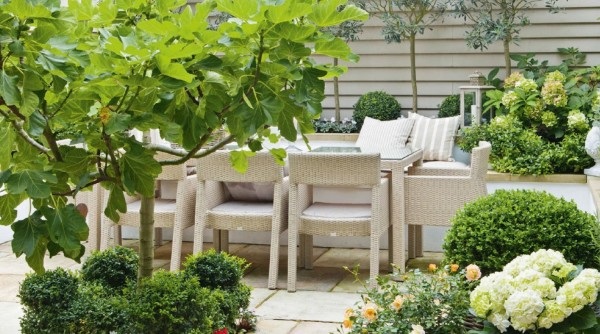
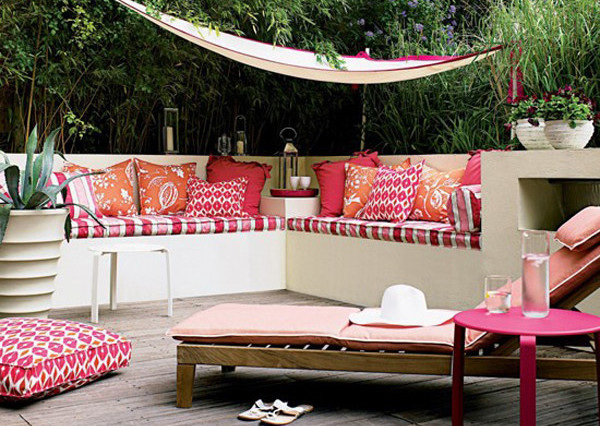
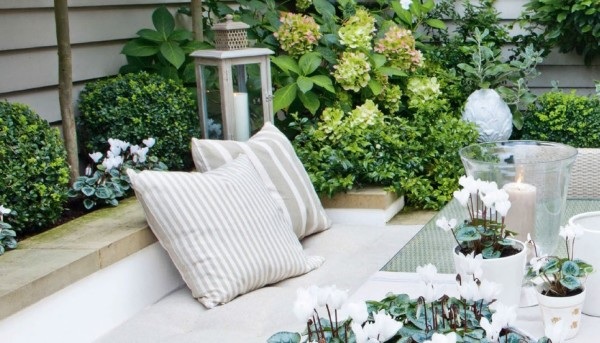
Now let us all cross our fingers for a Summer of sunshine so we can all actually get outside to do everything!
OLD MEETS NEW
As a designer, I like to work from the skeleton of a building and incorporate the client’s lifestyle and preferred aesthetic. I feel that recently we have started to lose our architectural identities. Formulaic buildings are popping up all over the world stripping their surroundings of cultural roots. This is not to say that there aren’t any fantastic architects or fresh projects out there (large commercial architecture has produced a variety of groundbreaking structures) but I believe it is very important that the small or old isn’t forgotten among the big or new...
As a child I grew up surrounded by both innovative and traditional design. My father, Jim Roberts, was an architect famous for pushing architectural boundaries. He worked primarily within the commercial sector however his passion projects where in the restoration market. I would sit in our home of beautiful antique furniture and muse at my father's drawings. I specifically remember his futuristic plans for a cylindrical high-rise building, the Rotunda in Birmingham- which once completed I discovered to be a perfect launch pad for paper aeroplanes. This background has heavily influenced my career and especially my passion for combining traditional and contemporary design. It is a style that is difficult to master as each element has to balance perfectly, however when achieved can be incredibly rewarding.
The Rotunda, Birmingham, originally designed by Jim Roberts and later restored by Glenn Howells Architects.
As a designer, I like to work from the skeleton of a building and incorporate the client’s lifestyle and preferred aesthetic. I feel that recently we have started to lose our architectural identities. Formulaic buildings are popping up all over the world stripping their surroundings of cultural roots. This is not to say that there aren’t any fantastic architects or fresh projects out there (large commercial architecture has produced a variety of groundbreaking structures) but I believe it is very important that the small or old isn’t forgotten among the big or new. Architecturally, I think now more that ever it is important to adapt our run-down buildings to the 21st Century rather than replace them. Unfortunately, creating these spaces can, admittedly, come at a higher cost than building anew but hopefully people are starting to see the long-term benefits and necessity to invest.
This fun extension adds a modern twist to the beauty of this old convent. Convent of Sant Francesc in Santpedor, Spain.
Modern minimalism with its order and pristine finish can be stunning however I feel there is always something that I'm drawn to in a building that has been around for a while. I find that buildings that have had a previous life, or even many previous lives, carry a magic and character that is near impossible to simply create or ‘design’. The beauty of traditional/contemporary design is being able to pick and choose, we can eliminate all the bad bits and play with the good. We can have our cake and eat it.
I love the exposed 300 year old farmhouse masonry with the smooth resin floor and calming interiors. Personally, I’d have added some colour but this sanctuary is a great example of a successful marriage of old and new. Casa He, Italy
There are a lot of benefits for the interior and exterior by introducing simple luxuries such as light. In many old buildings the windows are pokey and there is little natural light to see the structure’s internal beauty but that can now be improved by building with glass and incorporating portals of sunlight to reveal it all. We can have fun and extend from existing structures as well as open them up inside to create beautiful modern spaces (otherwise known as playgrounds for the interior designer).
A whole wall of glass has been added to this barn conversion which, with a mixture of clever lighting design, dramatically showcases the salvaged structure and contemporary interiors. Stow On The Wold
As an interior designer I believe my passion for this combination of old and new is fuelled by its allowance for a customer to make their mark on the design. It is very fulfilling to create a space that is aesthetically beautiful, practical and personal to an individual. Antique furniture doesn’t have to make way for a modern house and vice versa. I find it fun to play with mixing textures, colours and shapes. It is an exciting process and can be very liberating in comparison to ultra-modern and strict traditional. I guess you could compare it to the feeling of breaking the rules and getting away with it.
Converted warehouse Sitting Room featuring Tom Dixon furniture and a mixture of antique and contemporary light fixtures. Shoreditch House, London
An example of a modern structure with antique interiors. Casa Fez, Porto Portugal
I think that in a time where design and technology is advancing so fast it is very comforting to have spaces that allow you to appreciate the past as well as the present and future.










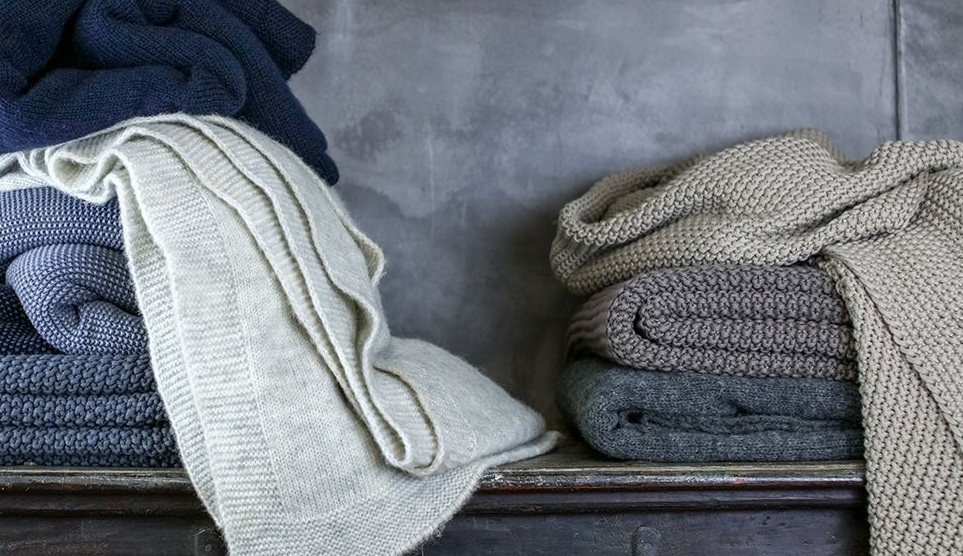













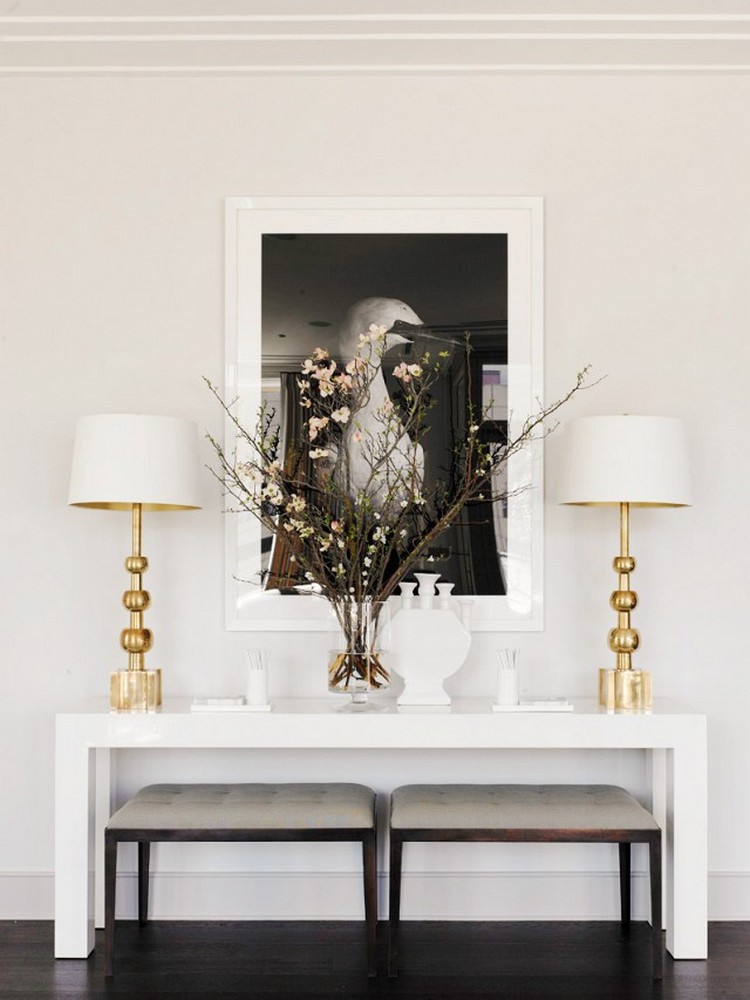




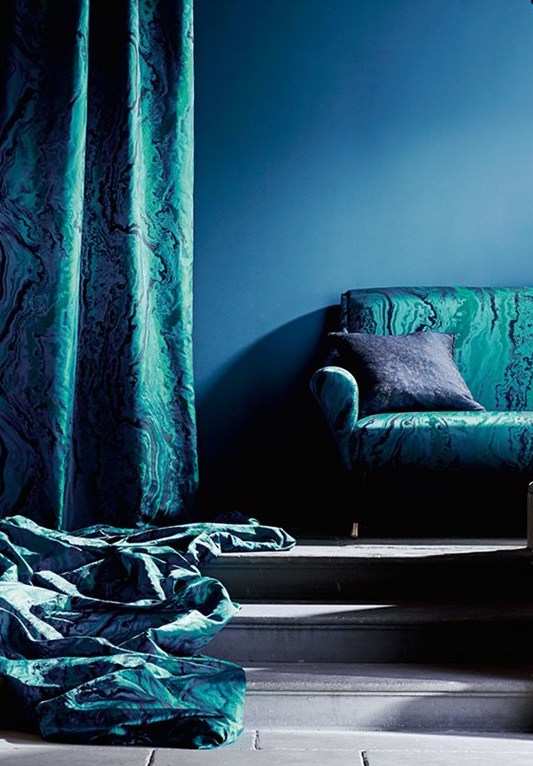

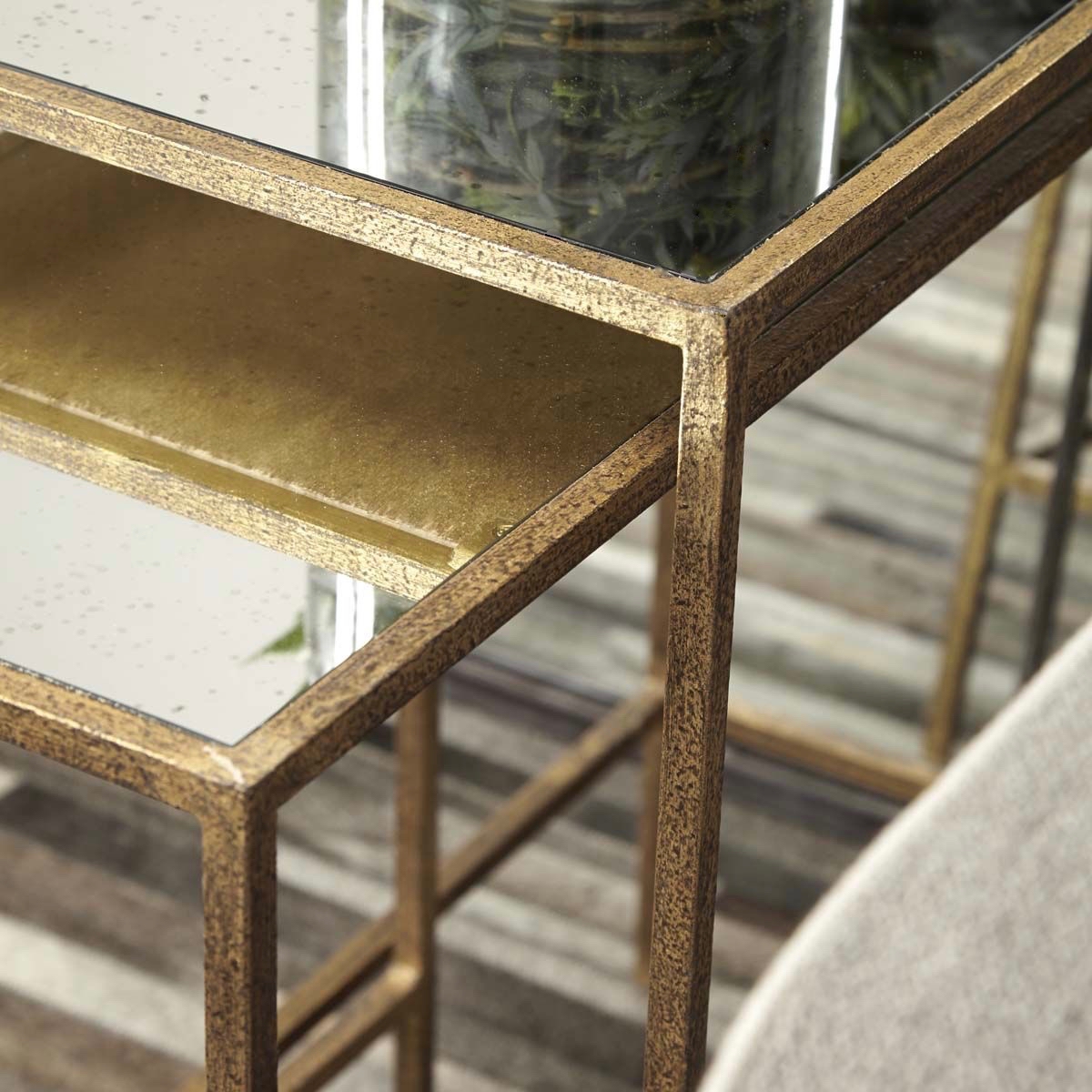
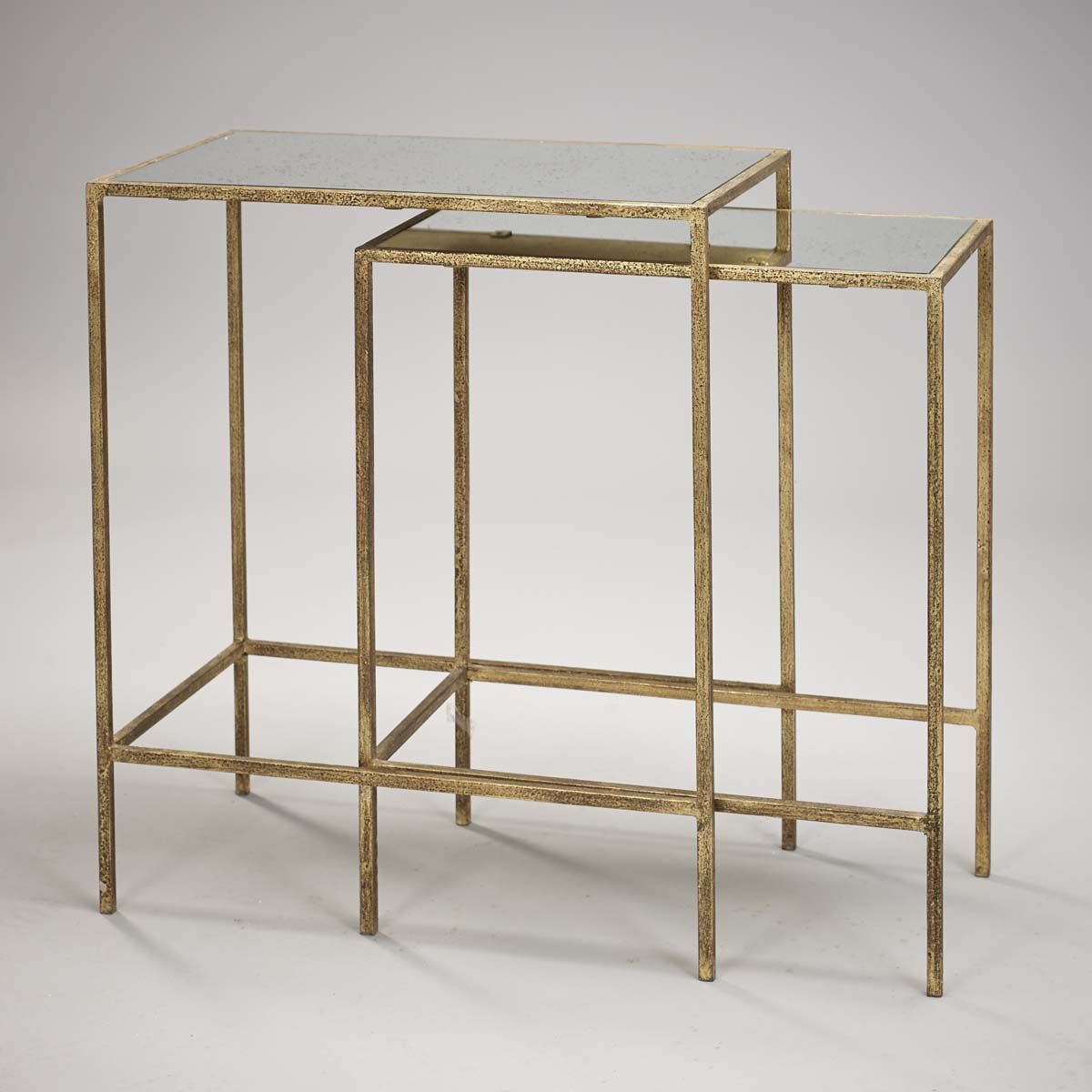

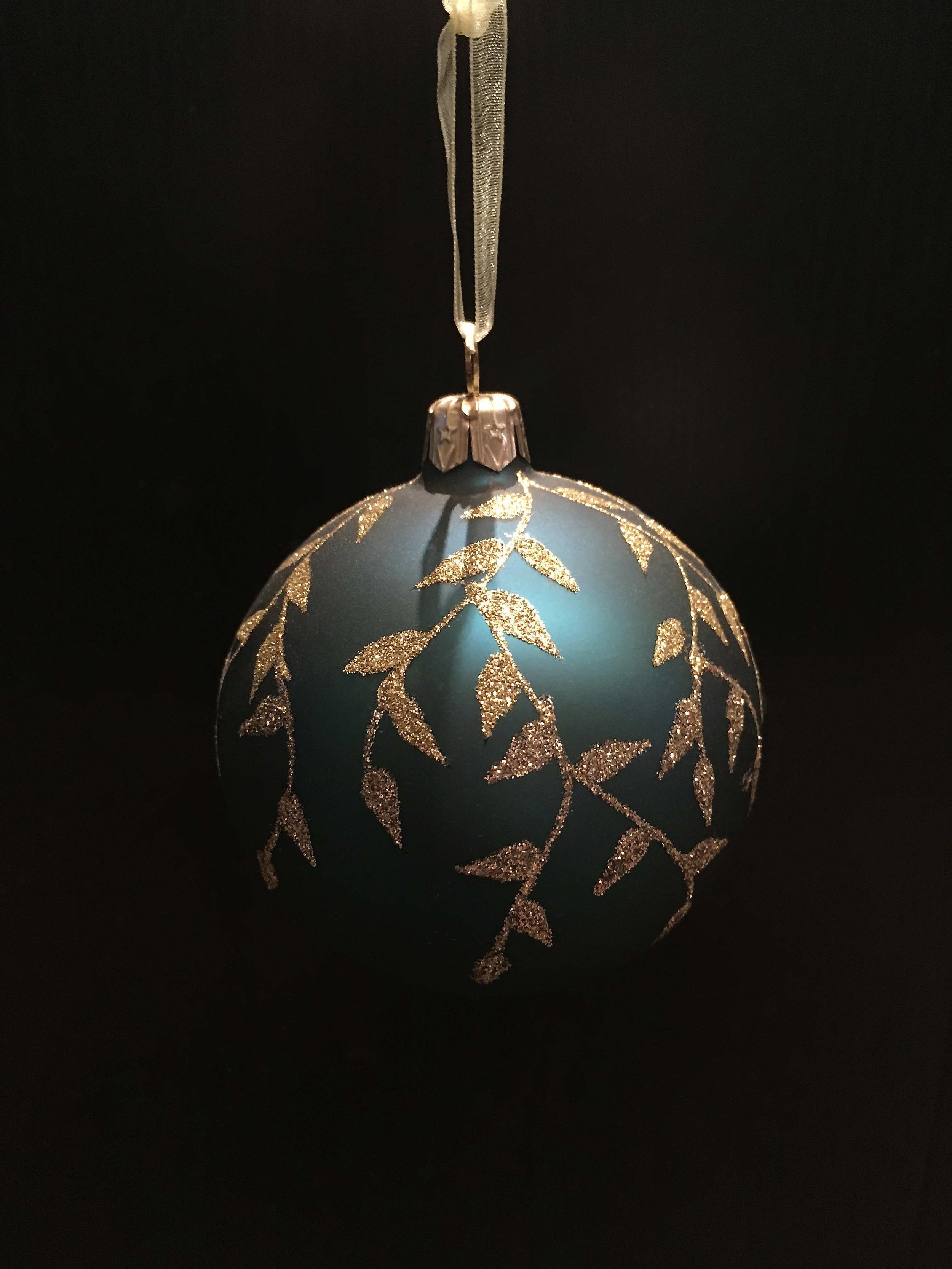
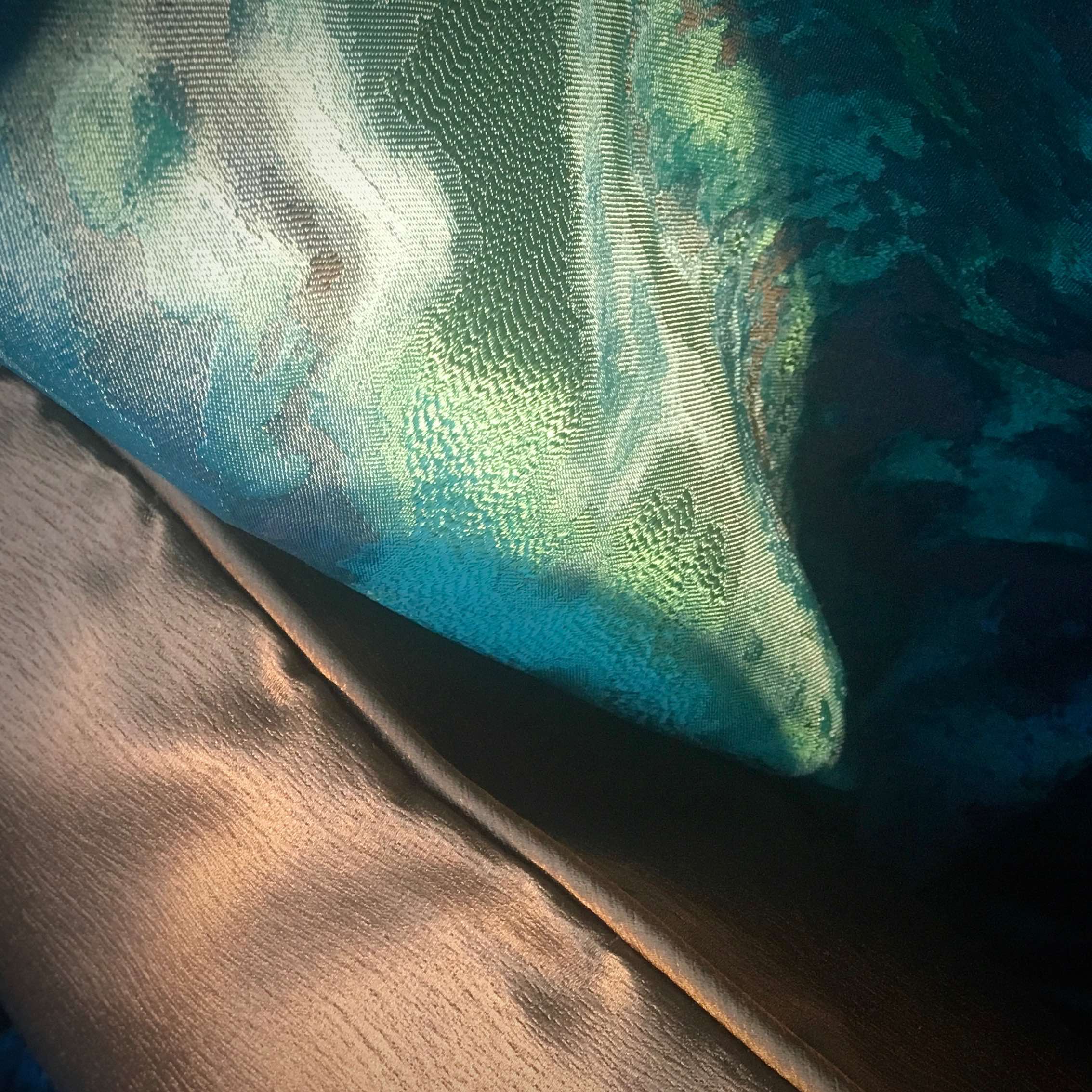













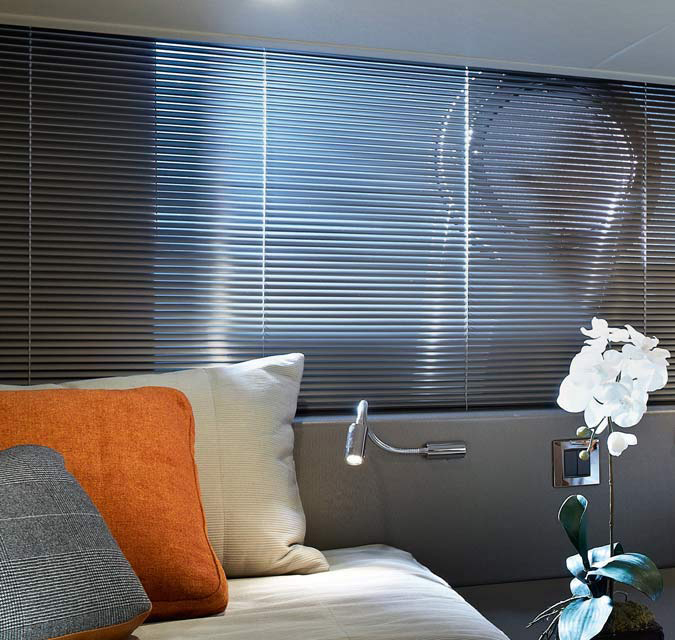
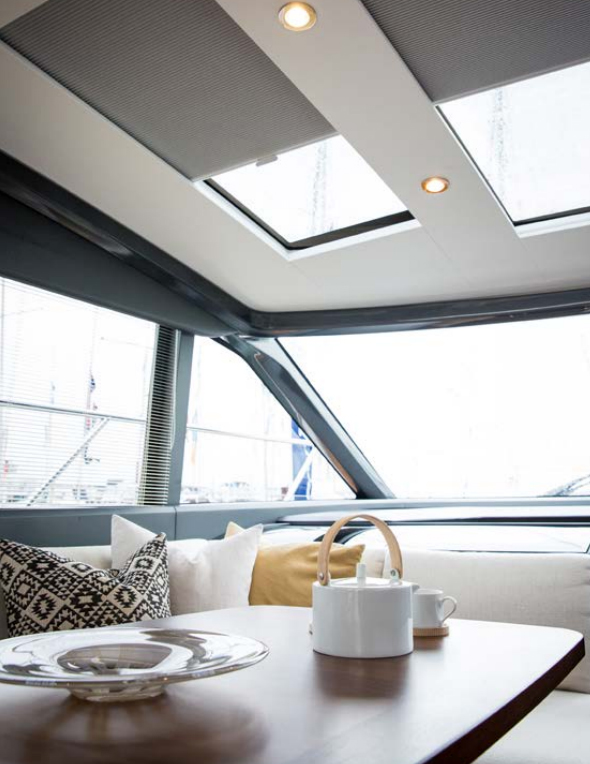













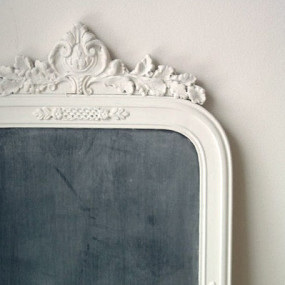
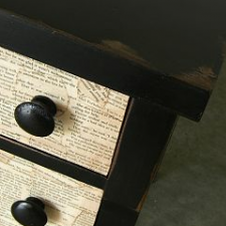
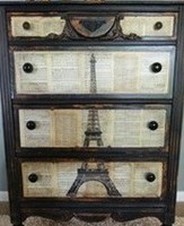
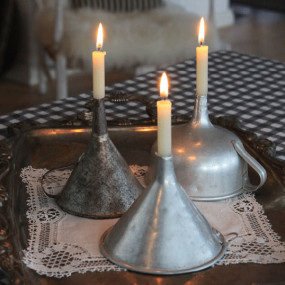
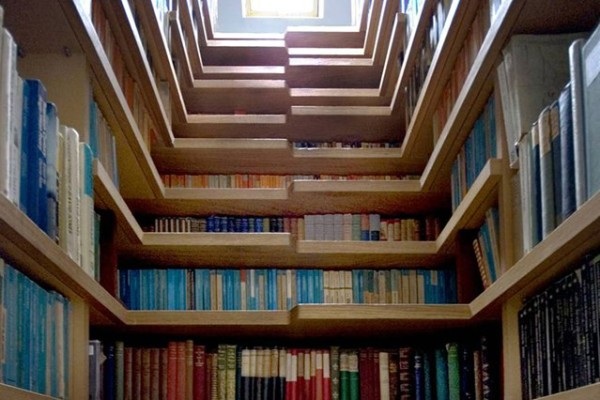
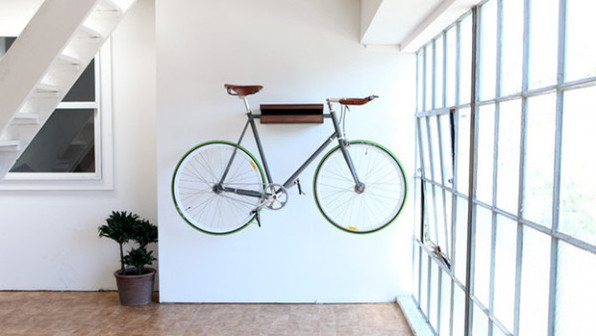

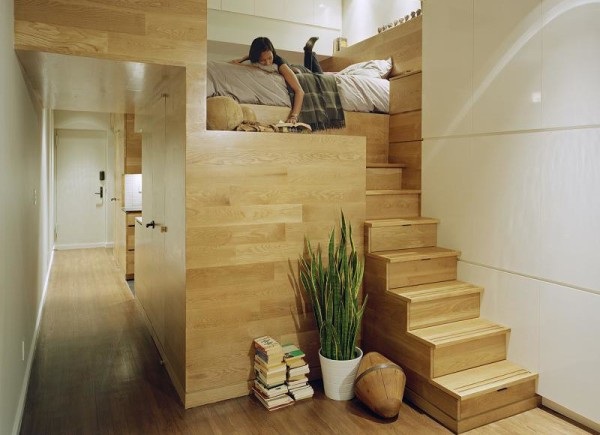

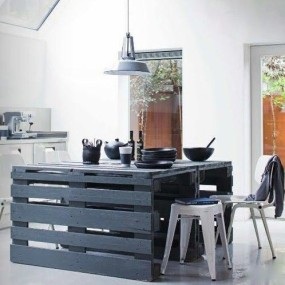
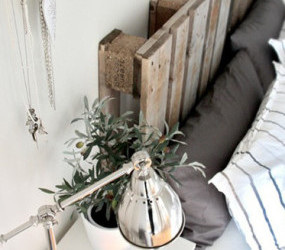



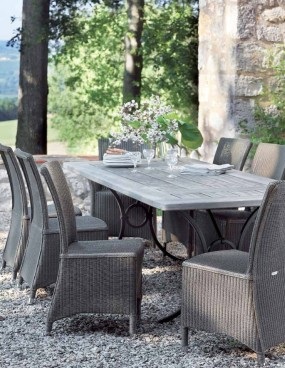
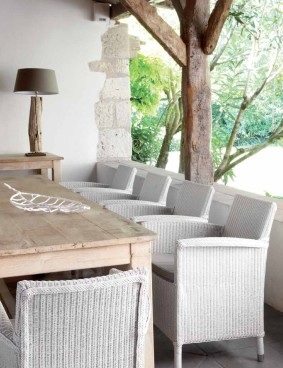












The bedroom is one of the most important rooms in the house. Recent studies have shown that people are starting to spend more time in their bedrooms than in their living rooms. It is a room that can have a big impact on our physical and mental well-being and it is important that this is taken into account during the design process...